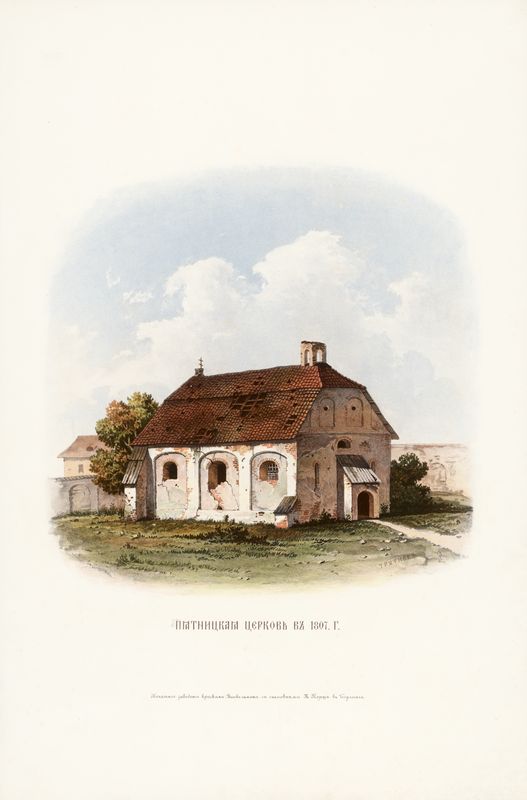Civitas Rutenica

In the 15th century, Vilnius was inhabited by pagan Lithuanians, Catholic Germans and Orthodox Russians. Due to the expansion of the Grand Duchy of Lithuania, the Russian community in Vilnius was rather big and their language was used to draft official documents and the letters of the rulers. It is therefore no wonder that if you went to Vilnius in the 15th century, you would see both the towers of the Cathedral or St. Johns’ Church and as many as 14 Orthodox churches.
The Orthodox lived in Lithuania from the 13th century, but the first Orthodox churches were built only in the times of the reign of Algirdas. Today you can feast your eyes on the St. Parasceve Orthodox Church and the Church of the Holy Mother of God, though they have changed over time. Communities that practiced different religions lived in separate areas and the locations allocated to Orthodox churches marked the borders of the community – the City of Russians (Civitas Rutenica) occupied a considerable part of Vilnius’ territory, which stretched from the hill of the Upper Castle to the roads leading to Russia. Russians could be recognised by their distinctive clothing and you could meet many bearded monks in their designated territory.
Who were the most famous Russians of Vilnius? In the 16th century it was the Russian printer Franciscus Skorina, who printed the first books in Vilnius; and in the 16-17th century, the well-known Russian noblemen Chodkevich and Sapieha were prominent figures.
